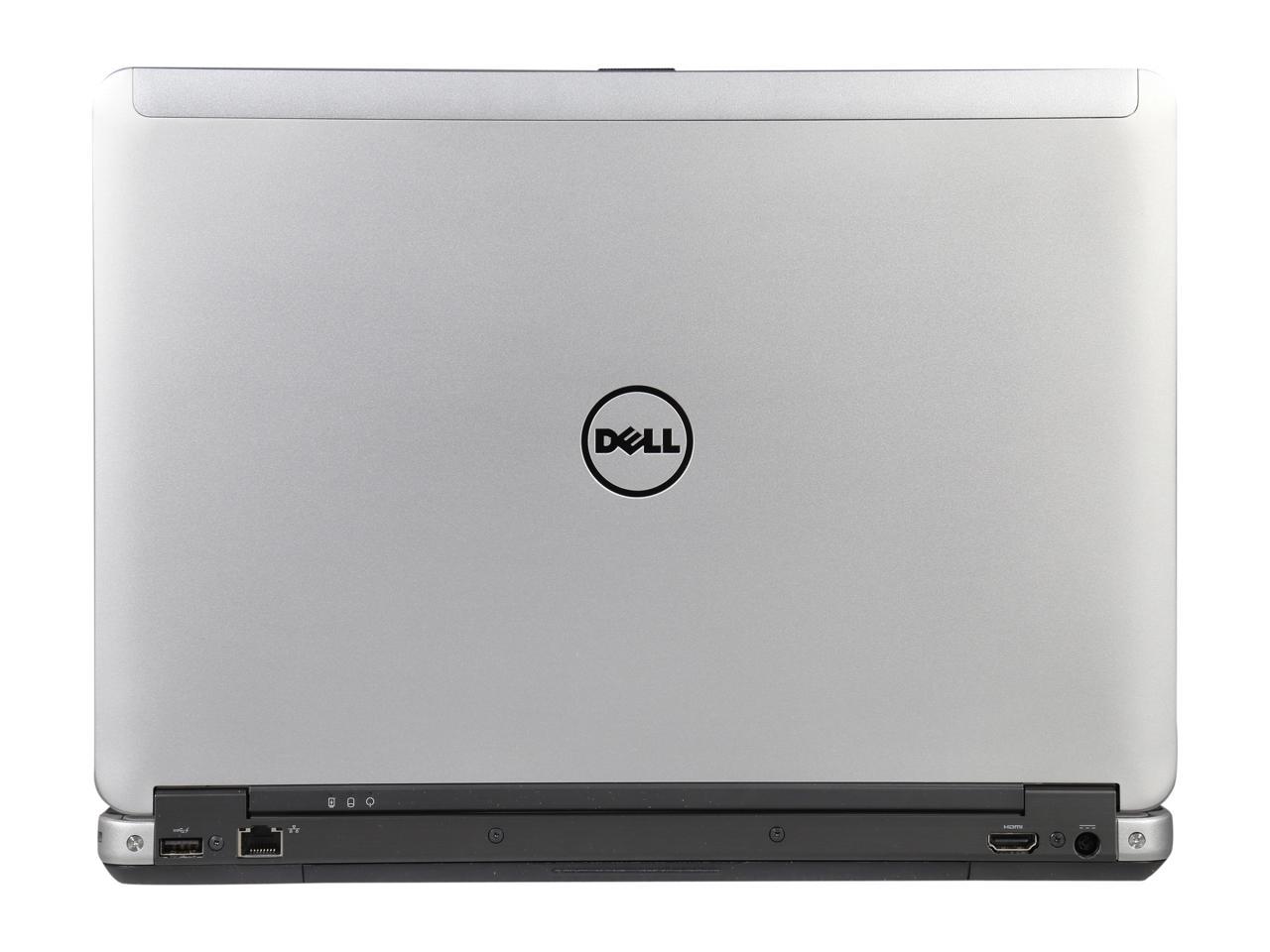

For those manually setting up their partitions you have to ensure you format it as FAT and mount it under: /boot/efi Experienceīoot time is MUCH quicker than with the traditional spinning drive. The only issue I really had was some confusion about what was needed to get the EFI partition to be recognized by the installer. I have also read contrary information that states manufacturers take this into account and have extra provisions to ensure more optimal wear leveling and it is a total waste to leave anything unpartitioned. I figured, I will not likely use my Swap partition so that is my “unpartitioned” space. My “excuse” for leaving a large swap space is based out of a recommendation I have seen about leaving a 10% chunk of an SSD unused to extend the life of an SSD ensuring better “wear leveling” of the cells. I mounted my existing /home partition appropriately. I did take the time to ensure that I partitioned the drive as I wanted: EFI – 250MB, Swap – 18 GB (which I realize I may not even use), and the / (root) partition of what was left which ends up being about 101 GB of usable space. Like any openSUSE installation, there was no real effort required. The good news is, openSUSE works with UEFI just as well as the legacy boot system so they have taken the “fun” out of that hurdle as well. I hopped into the BIOS to see that the storage device was recognized and also re-enabled the UEFI to see how openSUSE Tumbleweed dealt with that. Reassembly was just as effortless as disassembly with the exception of taking care to ensure that none of the wiring was shifted or out of the routing channels that they belong. There was a bit of work to get the antenna wires in such a position that it would not cause issue with reassembly. Insertion of the mSATA card is identical to that of any wifi cards, insert at angle and push down then retained with one screw. Removing that reveals a spot for a WWAN card as well as uncovers the location of the mSATA slot.

There is another cover, in the upper left-side (as looking from the bottom of the machine) that is retained by 2 more screws. In order to add the mSATA drive, I removed the bottom panel, which is retained with 3 screws, that easily pops off. There is also a removable optical drive (not common on a laptop of this size anymore) where I can pop in another SATA drive. The E6440 has a 14″ chassis and has a slot for an mSATA drive as well as the more common 2.5″ SATA drive. They are built well and serviceable but you do pay a bit more for them.


#LATITUDE E6440 MEMORY UPGRADE#
One of the features I appreciate most about Dell Latitude machines is how easy they are to work on, upgrade and repair. Installing the drive was really very easy. The specifications seemed in line with what I should look for and it was a bit more space than I have ever had for a root partition. I found on a 128GB mSATA SSD by MyDigitalSSD for $50.00 and thought this was a great deal and a great way to dip my toes in using SSDs for the first time. I wasn’t sure if there would be any special configurations required in running an SSD verses a regular hard drive and from what I could find as well as talking to some folks on IRC and Telegram, there wasn’t anything I really had to do. Some people have mixed opinions of the SSHD, I haven’t had any issues with them and do appreciate the increase in speed from the traditional “spinning rust” only drive. My next purchase was to take advantage of this mSATA slot in this computer and move my root and swap partitions to it. My first real upgrade was maxing out the RAM to 16GB. When I purchased my Dell Latitude E6440, almost a year ago, I planned on doing some upgrades to it, post-purchase, no real timetable on when to do the upgrades, just eventually.


 0 kommentar(er)
0 kommentar(er)
